Are you wondering “What are hearing aids” and how they work? Our in-depth article delves into the science behind these life-changing technologies. Investigate modern technology that amplifies sounds, addressing many forms of hearing loss. Our guide can help you whether you’re new to hearing aids or want to upgrade. Discover the ideal match for your lifestyle, delivering clearer, sharper sound. Don’t pass up this chance to enhance your hearing health. Read on to learn “What are hearing aids?” and experience a world of enhanced hearing.
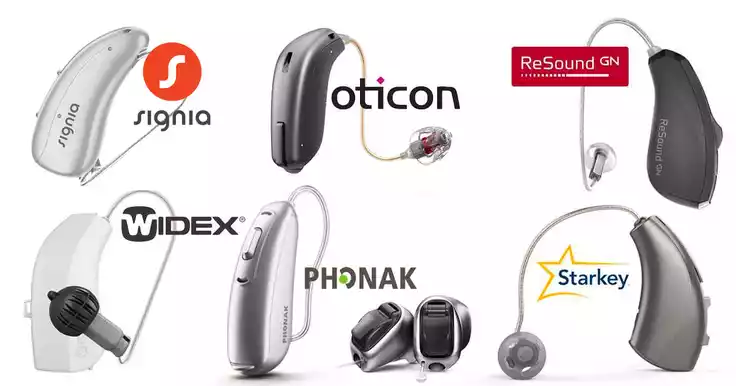
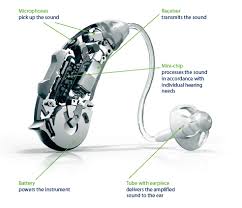
What are Hearing Aids?
Small electronic devices called hearing aids are used to amplify sound for those who have hearing loss. They operate by using a microphone to record sound, a digital signal processor to process it, and a speaker to send it to the ear. The sort of hearing aid you require depends depend on the type and degree of your hearing loss. Hearing aids come in a variety of designs, shapes, and sizes.
How Do Hearing Aids Work?
Hearing aids function by making the sounds around you louder. The digital signal processor receives an electrical signal that is created when sound enters the microphone. To improve the signal’s clarity and quality, the processor analyses it and makes adjustments. The speaker then plays the sound after it has been amplified.
Types of Hearing Aids
There are several types of hearing aids available, including:
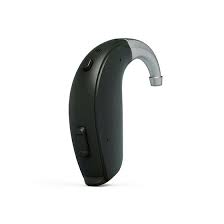
-
Behind-the-ear (BTE)
BTE hearing aids are the most common type of hearing aid. They consist of a small device that sits behind the ear, connected to a custom earmold or tubing that fits inside the ear. BTE hearing aids are suitable for people with all degrees of hearing loss, from mild to severe.
-
In-the-ear (ITE)
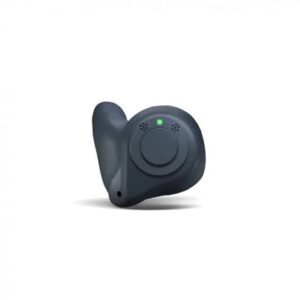
ITE hearing aids are custom-made to fit inside the ear. They are larger than other types of hearing aids and can accommodate more features, such as directional microphones and volume controls. ITE hearing aids are suitable for people with mild to severe hearing loss.
-
Receiver-in-canal (RIC)
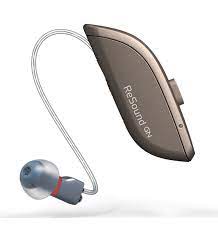
RIC hearing aids are similar to BTE hearing aids, but the speaker is placed inside the ear canal, rather than in the device behind the ear. RIC hearing aids are suitable for people with mild to moderate hearing loss.
-
Completely-in-canal (CIC)
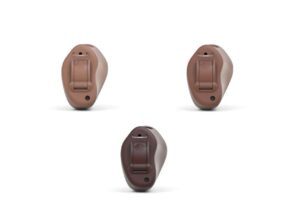
CIC hearing aids are the smallest type of hearing aid available. They are custom-made to fit entirely inside the ear canal and are almost invisible. CIC hearing aids are suitable for people with mild to moderate hearing loss.
-
Invisible-in-canal (IIC)
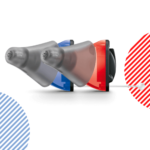
IIC hearing aids are even smaller than CIC hearing aids and are entirely invisible when worn. They are custom-made to fit deep inside the ear canal and are suitable for people with mild to moderate hearing loss.
Benefits of Using Hearing Aids
Hearing aids offer numerous benefits to people with hearing loss, including:
- Improved communication and social interaction
- Increased confidence and self-esteem
- Enhanced ability to participate in activities
- Reduced risk of depression and anxiety
- Improved cognitive function
Drawbacks of Using Hearing Aids
The cost of the device and its upkeep, the learning curve associated with operating the device, and potential discomfort or irritability are all disadvantages of wearing hearing aids.
For some people, money might be a major consideration because hearing aids can be pricey, particularly if insurance does not cover the cost. As hearing aids require routine cleaning and battery replacement, maintenance and upkeep are also crucial.
Some people may initially find a hearing aid painful or bothersome, and learning how to use one might require time and patience. It may take some time to become used to the louder noises and to figure out how to use the gadget in various settings.
The advantages of wearing hearing aids generally exceed the negatives in spite of this. and many people find that hearing aids significantly improve their quality of life.
Tips for Choosing the Right Hearing Aid
The process of selecting the best hearing aids might be difficult, but the following advice can make it easier:
- Consult an audiologist: An audiologist can assess your hearing needs and make a hearing aid recommendation. They can assist with the device’s fitting and adjusting as well.
- You should also take into account the hearing aid’s style, which ranges from in-the-ear (ITE) to behind-the-ear (BTE) to receiver-in-the-ear (RITE). When selecting a device, take into account your preferences for style, comfort, and visibility.
- Analyze the features: Various hearing aids come with features including wireless connectivity, directional microphones, and noise suppression. Based on your lifestyle and listening requirements, think about which features are important to you.
- Examine the battery life. Depending on the device and usage, hearing aid batteries can last anywhere from a few days to a few weeks. When selecting a device, take into account the battery life and whether the batteries are simple to replace.
- Consider the cost: Hearing aids can vary in price, and cost can be a factor for some individuals. Consider your budget when choosing a device, and whether insurance or financial assistance is available.
By considering these factors and working with a qualified audiologist, you can choose the hearing aids that best meet your needs and improve your quality of life.
You can check our other article about Hearing aid prices click here to read more: https://onehearingaid.com/hearing-aids-price/
How to Use a Hearing Aid
It can be difficult to understand how to make the most of your hearing aid if you’ve never used one before. But with a few pointers and methods, you’ll be an expert in no time.
First and foremost, make sure your hearing aid is fitted and adjusted correctly. Find the best settings for your device and make any necessary modifications with the help of your audiologist.
After that, try using your hearing aid in various settings to get accustomed to the louder noises. Starting in a quiet space, gradually transition to louder settings, including eateries or public areas.
Asking your family and friends for assistance or support won’t make you appear weak, and they can also help you learn how to use your new device and handle social settings. To further enhance your listening experience, think about employing add-ons like wireless microphones or telecoils.
Finally, to ensure that your hearing aid continues to work properly, be sure to clean and maintain it properly. You can confidently utilize your hearing aid with the help of these suggestions, which can enhance your life’s communication and quality.
How to Care for Your Hearing Aid
Maintaining your hearing aid can help it continue to work effectively and last as long as feasible. Here are some crucial pointers for looking after your gadget:
Regularly wipe down your hearing aid with a soft, dry cloth or specialised cleaning equipment.
A hearing aid can be harmed by exposure to dampness or very hot or very cold temperatures.
When not in use, keep your hearing aid in a secure, dry location.
To ensure constant functioning, replace the batteries on a regular basis.
Do not let hairspray, perfume, or other chemicals come in contact with your hearing aid.
Make appointments with your audiologist on a regular basis to make sure your device is operating at its best.
You can help your hearing aid last longer and make sure you always get the finest sound quality by following these recommendations. Always keep in mind that regular upkeep and care are necessary for peak performance.
Conclusion
In conclusion, hearing aids are an important tool for those who have hearing loss since they improve communication skills and provide magnified sound. Working with a competent audiologist will help you choose the best device for your needs and way of living since there are many different styles and sizes available.
Your hearing aid must be properly cared for and maintained in order to continue working well and last as long as possible. You may maintain your gadget and raise your standard of living by using the advice provided in this article.
Don’t allow a hearing impairment limit you. You may maintain contact with the world around you and take advantage of all that life has to offer with the right hearing aid and adequate maintenance.
FAQs
- Q. How long does wearing a hearing aid take to get acclimated to?
ANS: The time it takes to get used to wearing a hearing aid can range from a few days to a few weeks, depending on the individual. - Q. Can I swim or take a shower with my hearing aid on?
ANS: No, it’s crucial to take your hearing aids out before being around water since it can harm the equipment. - Q. Can hearing aids restore my hearing completely?
ANS: No, wearing hearing aids won’t make your hearing normal again, but they can help you hear and communicate better in a variety of settings. - Q. What are some typical problems involving hearing aids?
ANS: Feedback, annoyance or discomfort, and trouble adjusting to particular situations are typical problems. - Q. How frequently should my hearing aids be inspected?
ANS: To guarantee optimum performance and make any necessary modifications, it is advised that you have your hearing aids examined by a licensed audiologist at least once a year.

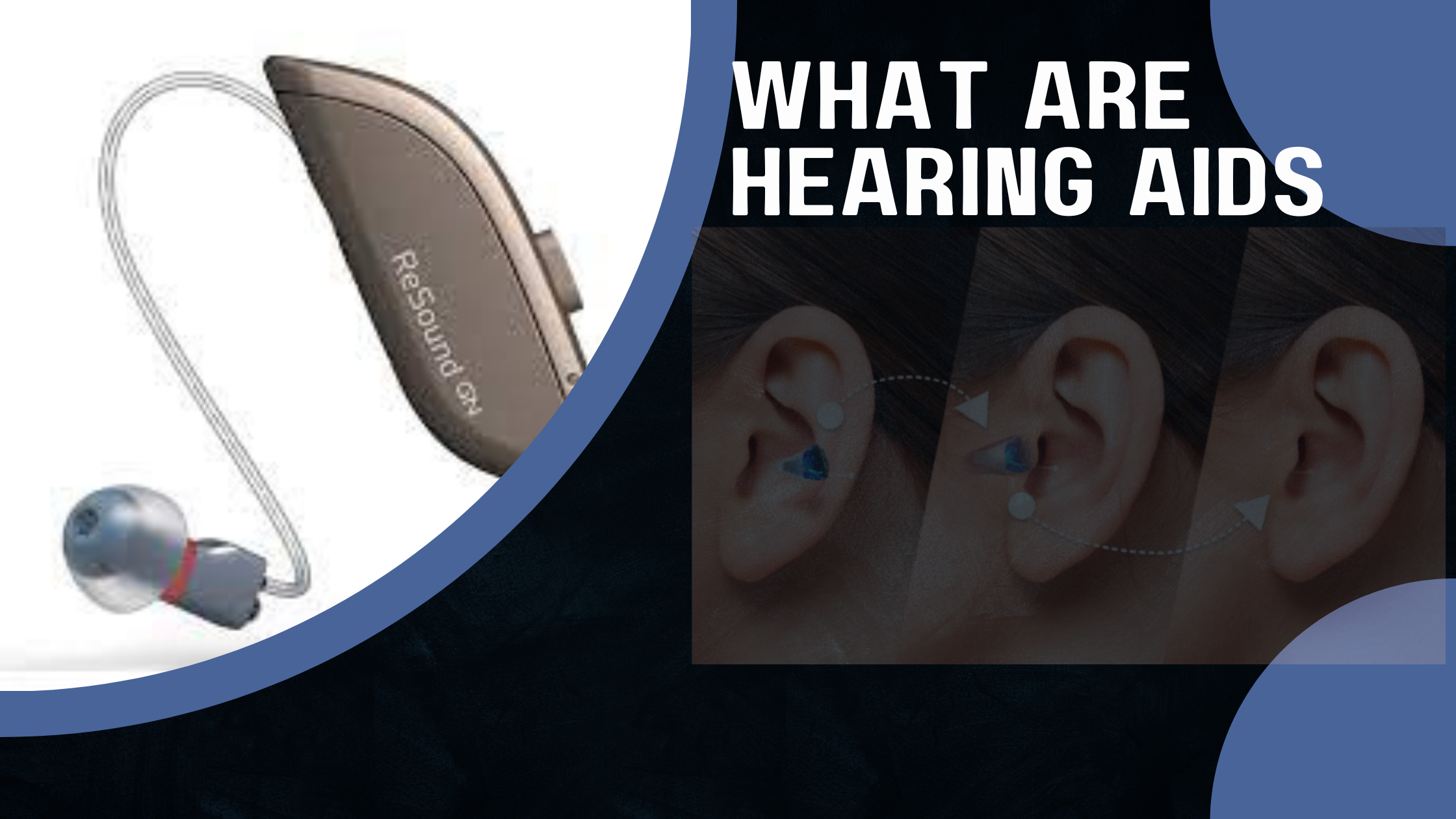

2 thoughts on “What are hearing aids? and how do they work.”